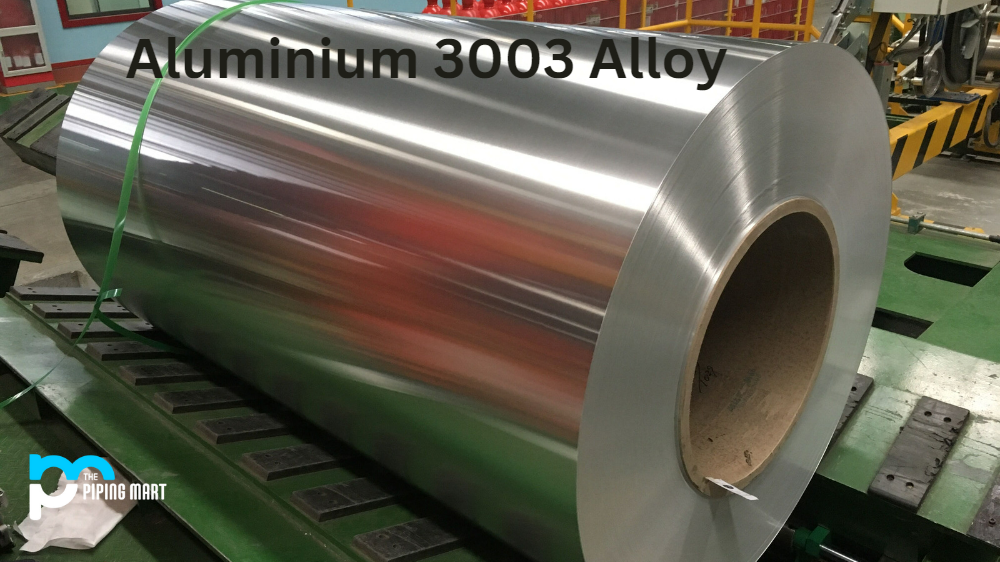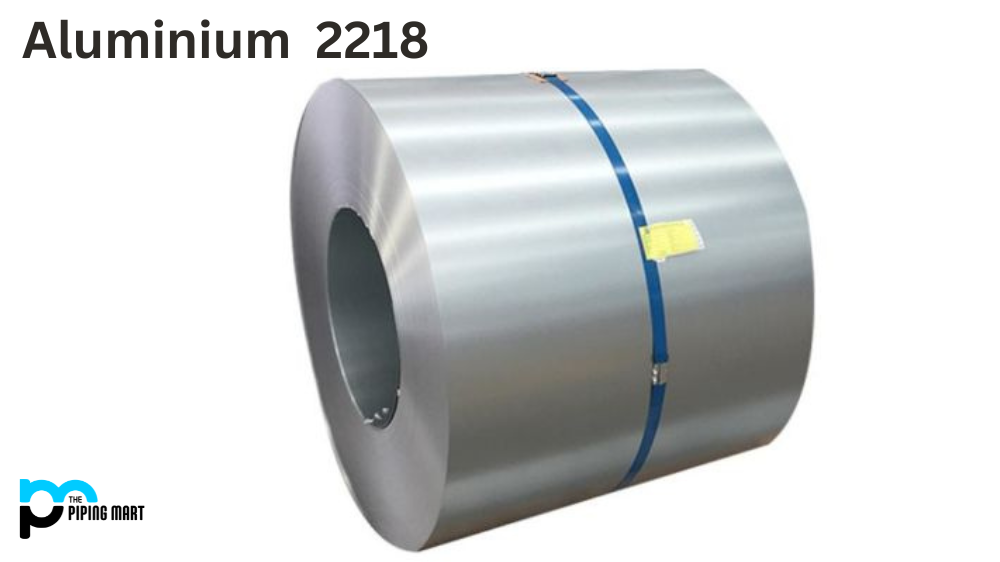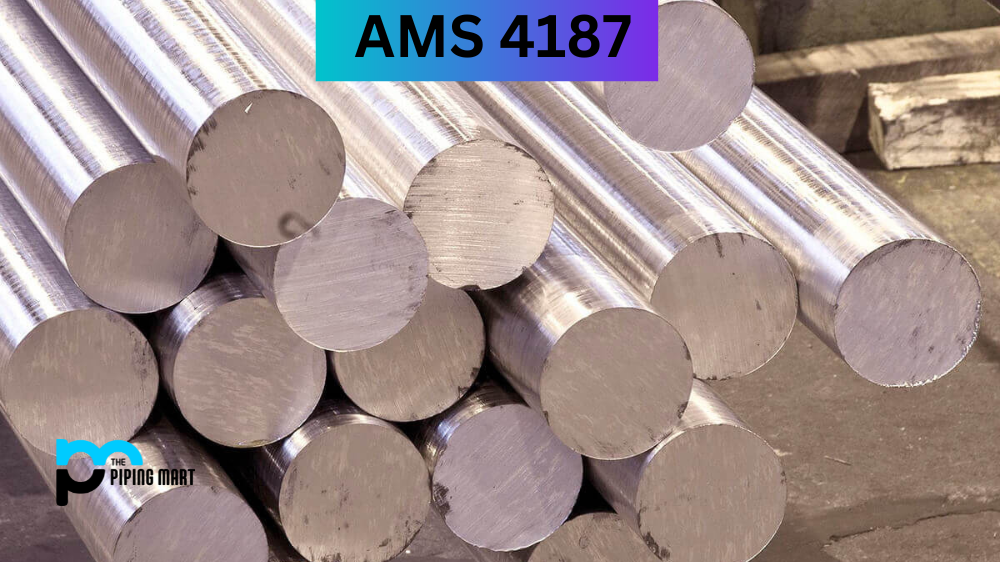Aluminum 3003 is an alloy made up of aluminium, manganese, and copper. It is the most popular aluminum alloy in the 3000 series and is commonly used for various industrial purposes due to its strength, corrosion resistance, thermal stability, formability, and machinability. Let’s take a look at some of its properties and uses.
Aluminium 3003 Composition
Al 3003 consists primarily of aluminium (93.7%), manganese (1.2%), copper (0.12%), iron (0.2%), and other trace elements such as silicon, titanium, zinc, and chromium. Its light weight makes it ideal for many applications that require a strong yet lightweight material.
| Element | Content (%) |
|---|---|
| Aluminum, Al | 98.6 |
| Manganese, Mn | 1.2 |
| Copper, Cu | 0.12 |
Aluminium 3003 Mechanical Properties
Grade 3003 has excellent mechanical properties that make it suitable for a wide range of applications. It has excellent tensile strength (up to 3500 MPa), which makes it highly resistant to deformation under pressure or tension. It also has good fatigue properties, which makes it well-suited for use in high-stress applications such as aircraft wings or propeller blades, as well as automotive components like suspension systems or brake discs.
| Properties | Metric | Imperial |
|---|---|---|
| Tensile strength | 130 MPa | 18855 psi |
| Yield strength | 125 MPa | 18130 psi |
| Shear strength | 83 MPa | 12039 psi |
| Fatigue strength | 55 MPa | 7977 psi |
| Elastic modulus | 70-80 GPa | 10153-11603 ksi |
| Poisson’s ratio | 0.33 | 0.33 |
| Elongation | 10% | 10% |
| Hardness | 35 | 35 |
Aluminium 3003 Physical Properties
Alloy 3003 also has excellent physical properties, which make it ideal for many industrial applications. Its low density and low thermal conductivity make it light weight yet thermally efficient – perfect for use in heat exchangers or other metalworking processes where heat transfer is required. Still, weight must be kept to a minimum. It also has high electrical conductivity, which makes it an ideal choice for electrical wiring or other electrical components such as circuit boards or LED lighting fixtures.
| Properties | Metric | Imperial |
|---|---|---|
| Density | 2.73 g/cm3 | 0.0939 lb/in3 |
| Melting point | 644°C | 1190°F |
Aluminium 3003 Corrosion Resistance
One of the main benefits of using grade aluminum is its corrosion resistance compared to other metals such as steel or copper alloys. Aluminium 3003’s composition helps resist corrosion and allows it to be easily painted or coated with protective materials if necessary – making it even more versatile than plain aluminium alloys alone! This makes aluminum 3003 perfect for outdoor projects where exposure to moisture could cause rusting or corrosion in other metals over time.
Thermal Properties
| Properties | Conditions | ||
|---|---|---|---|
| T (ºC) | Treatment | ||
| Thermal expansion co-efficient | 23.2 (10-6/ºC) | 20-100 | – |
| Thermal conductivity | 162 W/mK | 25 | H12 |
Aluminium 3003 Equivalents
| ASME SFA5.3 (E3003) | ASTM B234 | ASTM B345 | AWS A5.3 (E3003) | QQ A-200/1 |
| ASTM B209 | ASTM B241 | ASTM B404 | MIL A-52174 | QQ A-225/2 |
| ASTM B210 | ASTM B247 | ASTM B483 | MIL E-15597 (MIL-3003) | QQ A-250/2 |
| ASTM B211 | ASTM B313 | ASTM B491 | MIL P-25995 | QQ A-430 |
| ASTM B221 | ASTM B316 | ASTM B547 | MIL S-12875 | QQ WW-T-700/2 |
| SAE J454 |
Uses
Aluminum 3003 is a medium-strength alloy used to build a wide variety of structures and components. Currently, it is found in building exteriors, structural framing systems, garage doors, siding and gutters. In the automotive industry, Aluminium 3003 is used for fuel tanks and other components that need to handle extreme temperatures. Additionally, it is also employed in pharmaceuticals machine parts and aircraft construction. Its malleability, corrosion resistance and flexibility make Aluminium 3003 a popular and reliable material for many different applications in multiple industries.
Machining
Machining aluminium 3003 is an important but challenging process. From constructing aircraft parts to making complex automotive parts, this kind of aluminium provides a durable and light weight option for fabrication. However, machining such an alloy requires skilled workers with extensive experience in this type of material. The tools used must also be specially designed for working with aluminium since ordinary tools or those made for softer metals will quickly become dull and can cause the metal to deform. This is especially true when precise calculations must be considered during the machining process. But when done correctly, machining aluminum 3003 can yield strong and precise components that are perfect for whatever end product you have in mind.
Welding
Aluminum 3003 welding is a time-consuming but rewarding task. The high-quality welds produced from this type of aluminium represent the pinnacle of strength and reliability, making it an ideal material for many types of projects. To ensure a smooth welding process, it’s important to use the right equipment, such as austenitic stainless steel rods or flux-cored wire. It’s also essential to pay close attention to temperature and feed speed when using either grade of wire with Aluminum 3003. With the benefits of Aluminum 3003 being so great, it is important to take your time and produce welds that will last years, if not decades.
Heat Resistance
Another benefit of using this alloy is its excellent heat resistance – up to 225°C without any significant degradation in performance! This makes Aluminum 3003 perfect for use in high-temperature environments like ovens or furnaces without worrying about the material breaking down over time from exposure to extreme temperatures – something that can’t be said about some other metals!
Heat Treatment
Aluminum 3003 can be easily heat treated to improve its strength and hardness while still retaining its formability and machinability – making it one of the most versatile alloys available on the market today! Its easy workability also makes it perfect for welding projects where you need precise control over how the metal bonds together during the process – something that can be difficult with harder metals like steel alloys!
Conclusion
Whether you are looking for something durable enough to withstand high temperatures or something lightweight yet strong enough for more delicate tasks such as electronics assembly, Aluminium 3003 offers an array of features that make it well-suited for many different types of industrial applications, including automotive parts manufacturing, aerospace engineering projects, construction projects, home improvement projects and more! With its combination of strength, durability, formability and machinability- not to mention its corrosion resistance- aluminum3003 may become your go-to material when tackling your next project!
Meet Heer, a dynamic and driven writer learning tricks of her trade in the metal industry. With a background in Digital Marketing, Heer brings a unique perspective to her writing, sharing valuable insights. Apart from blogging she like reading and hiking.




